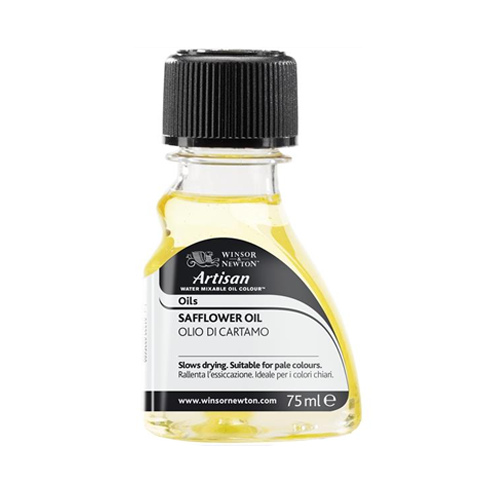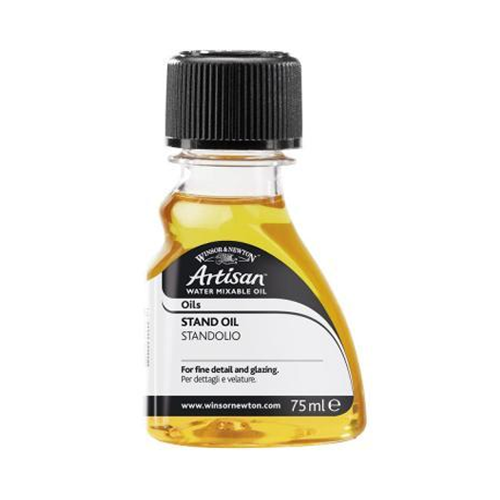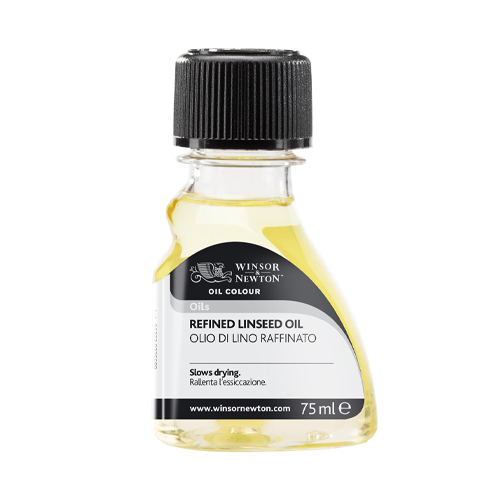With a wide variety available, oil mediums can be intimidating. They can also open a world of possibility with your oil paintings. Learn more about how mediums can transform and expand your oil practice.
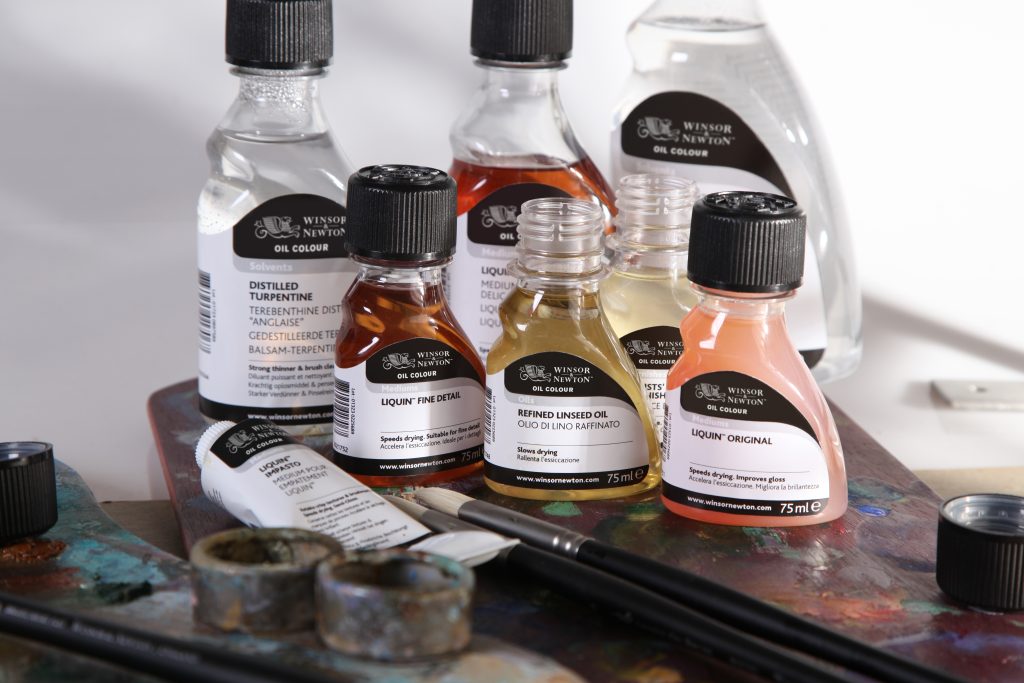
The Importance of Oil Mediums
A medium is a mixture of a drying oil and solvent, such as Winsor & Newton Sansodor or mineral spirits. Oil paint from the tubes can be too thick to easily brush out. The addition of a medium allows the artist to paint in a manner that works for them.
Mediums serve a variety of purposes including:
- Changing the viscosity of paint from the tube
- Changing the drying rate of the colour
- Changing the sheen of the colour
- Aiding in adhesion
Understanding the Terminology
To help you better understand mediums, drying oils and oil paint, see a review of some key phrases:
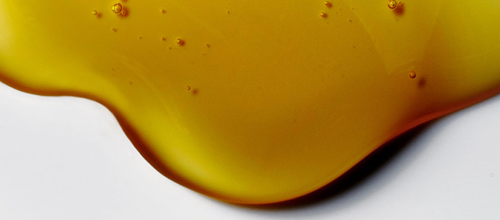
Binder
The oil in oil paint. This is the substance that binds the pigment to the substrate in the same way Gum Arabic is the binder of pigment in water colour and acrylic polymer is the binder of pigment in acrylic paint.
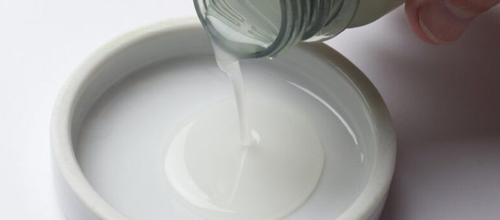
Vehicle
The solvent in oil paint. This is the substance that allows the paint to be thinned and cleaned up in oil paint the same way water is the vehicle in water colour and acrylic painting methods.
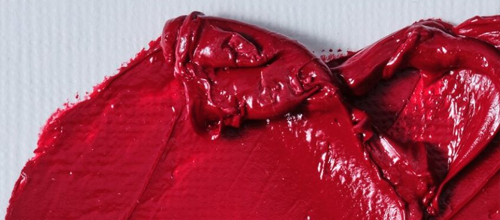
Viscosity
The thickness of the oil. Personal styles come into play when choosing an oil, including the desired brush stroke appearance
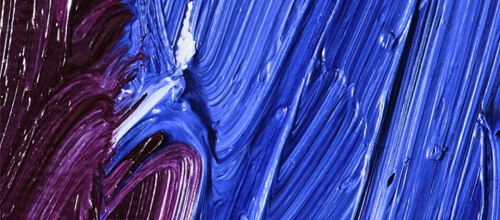
Drying Time
Are you an impatient person or maybe have a fast deadline to meet? A faster drying oil will influence your choice.
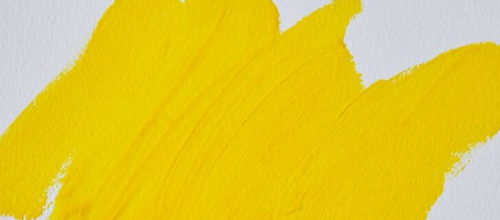
Colour
Some oils like Cold Pressed Linseed can be quite yellow by nature. For this reason Winsor & Newton uses Safflower Oil, which is quite clear, in Titanium White and pale blue colours. This avoids the yellow colour of Cold Pressed Linseed Oil from influencing the colour.
Drying Mediums
Choosing a medium in any art process is a personal choice that depends upon many factors. Keep in mind that we are referring to drying oils which when mixed with a solvent (Sansodor or mineral spirits) become a medium to then be mixed with oil paint. Adding more solvent to a drying oil creates a leaner medium; less solvent, a fatter medium. The fat over lean concept is discussed further below.
It is important to understand drying oils before choosing one to add to your work. Each drying oil has a different viscosity, colour and drying rate, which allows the artist to customize their paint. For example, some drying oils like Linseed Stand Oil have a similar viscosity but their drying rate is much different. Other drying oils have similar drying rates, but their viscosity is much different.

Pre-mixed Drying Oils
Sometimes you may want to avoid working with solvent. Ready to paint as is, Blending and Glazing Medium and Artists’ Painting Medium from Winsor & Newton are pre-mixed mediums. Blending & Glazing Medium, called a traditional, pre-mixed 2-1-4 medium, is a combination of 2 parts Linseed Oil, 1 part Dammar varnish, and 4 parts Sansodor. Its function is to speed the drying of Linseed Oil. The mixture is resistant to wrinkling and has a harder, more luminous surface appearance than straight oil, as a result of the Dammar Varnish and Linseed Oil. Artists’ Painting Medium is a 50/50 mix of Stand Oil and Sansodor. It is a slow drying, high gloss medium for smooth blending and fine detail work.
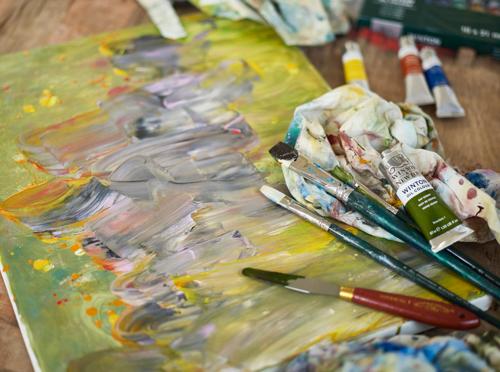
Fat Over Lean Rule
Understanding the Fat Over Lean Rule is very important when painting in layers. Lower layers of a painting should be more lean so that they dry more quickly before heavier layers of paint are applied over it. In order to keep to the Fat Over Lean Rule while painting, you should add increasing amounts of (drying) oil to each subsequent paint layer. Too much oil can cause wrinkling of the paint film, while too much solvent can cause the paint to crack If you place a less flexible layer of paint on top of a more flexible layer of paint it can be a little like painting on a rubber band. If you paint a rubber band, allow it to dry, and then pull the rubber band, the paint layer will crack and flake off. The same thing will happen to less flexible layers of paint applied over more flexible layers of paint – as the more flexible layers of paint move while drying, the less flexible layers will try to move with them, but will ultimately be unable to and result in cracking.
Learn more about Oil Mediums & Paints
In this demo, Winsor & Newton artist Ryan Martin of The Fine Art Collective, introduces the 8 NEW colours in the Winsor & Newton Artists’ Oil Colour range. Watch or paint along with Ryan, as he creates botanical subjects while sharing the attributes of these exciting single pigment, contemporary and historic colours. Visit our art store in Toronto today.

